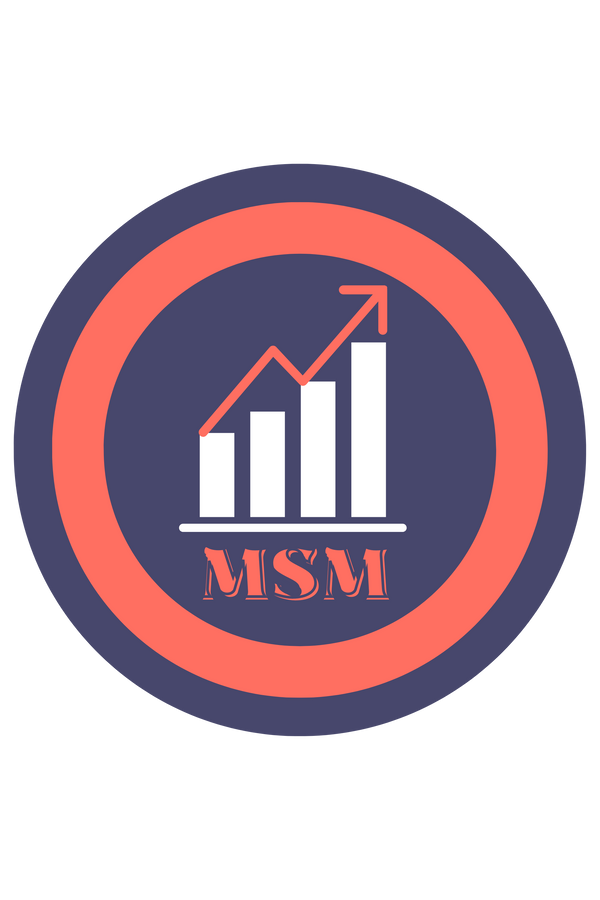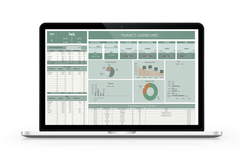Managing debt can feel like climbing a mountain—especially when juggling credit cards, loans, and rising interest rates. But with the right strategy, you can take control of your finances and even save thousands in interest along the way.
In this guide, we compare two popular repayment methods: the Avalanche and the Snowball. We'll show you how each works using a realistic example, and reveal how much time and money you could save with the right approach.
Understanding Your Starting Point
Let’s imagine you're carrying the following debts:
| Debt | Balance | Interest Rate |
|---|---|---|
| Credit Card 1 | £1,500 | 23.9% |
| Credit Card 2 | £2,300 | 26.9% |
| Credit Card 3 | £2,700 | 29.9% |
| Credit Card 4 | £3,100 | 31.66% |
| Car Loan | £7,000 | 6.5% |
| Total | £16,600 |

For comparison, we’ll assume you’re making minimum payments on each debt, plus an additional £100 per month toward debt repayment. The only difference? The order you pay them off.
Comparing the Methods
| Method | Time to Pay Off | Total Interest Paid | Total Repaid | Interest Saved |
|---|---|---|---|---|
| Avalanche | 6.9 years | £9,062 | £25,662 | — |
| Snowball | 7.7 years | £11,070 | £27,670 | £2,008 less efficient |
What If You Only Make Minimum Payments?
If you stick to only minimum payments (typically around 2% of the balance), your debt will linger—and grow. Here’s how much interest you could pay over time:
| Debt | Original Balance | Interest Rate | Estimated Total Interest |
|---|---|---|---|
| Credit Card 1 | £1,500 | 23.9% | £3,585 |
| Credit Card 2 | £2,300 | 26.9% | £6,187 |
| Credit Card 3 | £2,700 | 29.9% | £8,073 |
| Credit Card 4 | £3,100 | 31.66% | £9,815 |
| Car Loan | £7,000 | 6.5% | £4,550 |
| Total | £16,600 | — | £32,210 interest alone |
That’s more than £48,000 repaid on just £16,600 of debt.
How the Avalanche Method Works
The Avalanche method focuses on paying off debts with the highest interest rates first. Here's how it helps:
- You save the most on interest over time.
- More of your monthly payment goes toward the principal, not interest.
- It may take longer to see initial progress, but you finish faster overall.
Best for: People who are disciplined and motivated by long-term savings.
How the Snowball Method Works
The Snowball method prioritizes paying off your smallest debts first, regardless of interest rate. This creates psychological momentum and keeps you motivated.
Why it works:
- Clearing smaller debts first provides quick wins.
- Each cleared balance frees up money for the next one.
- The “snowball” effect accelerates your debt-free journey.
Best for: People who need early progress to stay consistent.

Why Avalanche Saves More Money (Even with the Same Payments)
Both methods use the same extra payment—£100 a month—but how it’s applied makes all the difference.
With the Avalanche, that money attacks your most expensive debt first. This means less interest accumulates. Over time, this approach saves you more than £2,000 compared to the Snowball.
With the Snowball, you gain motivation quickly but allow high-interest debts to linger longer, which increases your total repayment.
What About UK Credit Card Regulations?
In the UK, credit card providers are legally required to notify you if it will take too long to clear your balance. They may suggest a repayment plan, but:
- You’ll still pay a lot in interest.
- It could take decades to fully repay.
- Persistent debt can harm your credit score and mental well-being.
This is why having a structured repayment method is so important.
Which Method Should You Choose?
Both methods work—the best one is the one you’ll stick with. Here’s a quick decision guide:
Go with Avalanche if:
- You want to save the most interest.
- You’re okay with slow progress at first.
- You prefer a mathematical approach to debt.
Go with Snowball if:
- You need visible wins to stay motivated.
- You want to simplify your debt step-by-step.
- You find emotional satisfaction in progress.
In either case, adding just £100 a month can save thousands and reduce your debt timeline by years.
Ready to Get Started?
Here’s what to do next:
-
Write down each of your debts.
-
Include balance, interest rate, and minimum payment.
-
-
Choose your repayment method.
-
Apply your extra payment accordingly.
-
Stay consistent, and revisit your progress monthly.
Your first intentional payment is a powerful move toward freedom.





